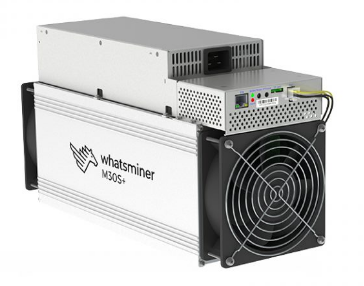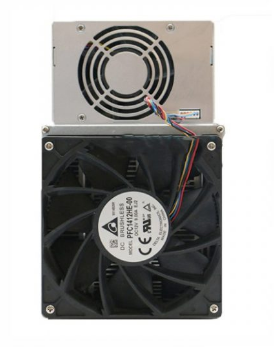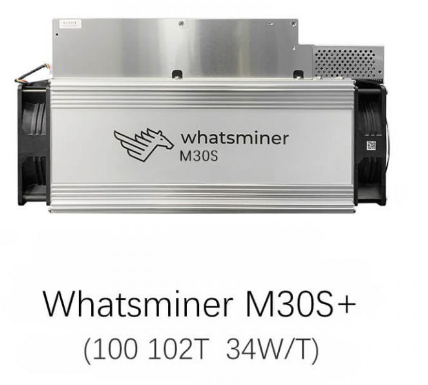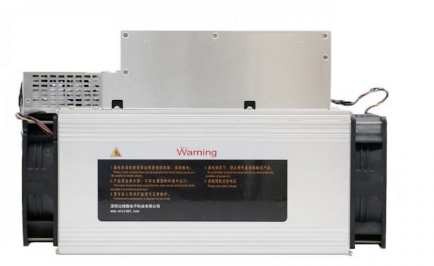How to troubleshoot network connectivity with WhatsMiner M30S+?
How to Troubleshoot Network Connectivity with WhatsMiner M30S+?
The WhatsMiner M30S+ is a powerhouse in the cryptocurrency mining world, offering an impressive hashrate of 100 TH/s and operational efficiency with a power consumption of 3400W. Its advanced 12nm chip architecture, dual-fan cooling system, and robust design make it a top choice for Bitcoin mining operations. However, like any sophisticated piece of technology, the M30S+ is not immune to occasional network connectivity issues that can disrupt your mining operations. This article will guide you through practical steps to troubleshoot and resolve network connectivity problems with the WhatsMiner M30S+, ensuring minimal downtime and maximum mining efficiency.
Understanding the Importance of Network Connectivity in Mining
Network connectivity is the backbone of any cryptocurrency mining operation. A stable and reliable network ensures that your miner can communicate with the mining pool, submit shares, and receive updates. Any disruption in this connection can lead to decreased mining efficiency, lost shares, and ultimately, revenue loss. Therefore, understanding how to diagnose and fix network issues is crucial for maintaining optimal performance.
Step 1: Verify Physical Connections
Check Ethernet Cable
The first step in troubleshooting network connectivity is to ensure that all physical connections are secure. Start by checking the Ethernet cable connecting your WhatsMiner M30S+ to your router or switch. Look for any visible damage, such as cuts or kinks, that could impair connectivity. If possible, try using a different Ethernet cable to rule out any issues with the cable itself.
Inspect Network Ports
Next, inspect the Ethernet port on both the miner and the router/switch. Ensure that there are no bent pins or debris that could be obstructing the connection. If you suspect a faulty port, try connecting the miner to a different port on your router/switch.

Step 2: Power Cycle Your Equipment
Restart the Miner
Sometimes, a simple restart can resolve network connectivity issues. Power down your WhatsMiner M30S+ by unplugging it from the power source, wait for about 30 seconds, and then plug it back in. This process allows the miner to reset its network settings and establish a fresh connection.
Restart the Router/Modem
Similarly, consider power cycling your router or modem. Unplug it from the power source, wait for about 30 seconds, and then plug it back in. This action can help resolve any temporary glitches in the network hardware.
Step 3: Configure Network Settings
Static IP vs. Dynamic IP
Ensure that your miner’s static IP address is correctly configured if you’re using one. If your network relies on Dynamic Host Configuration Protocol (DHCP), verify that the miner is receiving an IP address automatically. Incorrect IP settings can lead to connectivity issues.
Subnet Mask and Gateway
Double-check the subnet mask and gateway settings on your miner. These parameters must align with your network’s configuration to ensure proper communication between devices.
DNS Settings
Incorrect Domain Name System (DNS) settings can also cause connectivity problems. Ensure that your miner is using the correct DNS servers, either provided by your Internet Service Provider (ISP) or a reliable public DNS service like Google DNS (8.8.8.8 and 8.8.4.4).

Step 4: Check Network Traffic and Bandwidth
Monitor Network Traffic
High network traffic can sometimes cause connectivity issues. Use network monitoring tools to check the traffic on your network. If you notice unusually high traffic, consider limiting the bandwidth usage of other devices connected to the same network.
Bandwidth Requirements
Cryptocurrency mining requires a stable and sufficient amount of bandwidth. Ensure that your internet connection meets the minimum bandwidth requirements for mining operations. If multiple miners are connected to the same network, consider upgrading your internet plan to accommodate the increased demand.

Step 5: Update Firmware and Software
Firmware Updates
Manufacturers often release firmware updates to improve performance and fix known issues. Check if there’s a firmware update available for your WhatsMiner M30S+ and install it if necessary. Firmware updates can sometimes resolve network connectivity issues by patching bugs or enhancing compatibility with network hardware.
Mining Software
Ensure that your mining software is up-to-date. Outdated software can sometimes cause connectivity issues due to compatibility problems with newer network protocols or security standards.
Step 6: Diagnose with Network Tools
Ping Test
A ping test can help diagnose connectivity issues by testing the connection between your miner and the mining pool. Open a command prompt or terminal and enter the following command:
`bash ping <mining_pool_address> `
If the ping test fails or shows high latency, there may be an issue with the connection between your miner and the mining pool.
Traceroute
A traceroute can help identify where the connection is failing along the path to the mining pool. Use the following command to perform a traceroute:
`bash traceroute <mining_pool_address> `
This command will show each hop along the path to the mining pool, helping you pinpoint where the issue might be occurring.
Step 7: Check Firewall and Security Settings
Firewall Rules
Firewalls can sometimes block necessary connections for mining operations. Ensure that your firewall rules allow traffic to and from your miner. You may need to create specific rules to allow the miner to communicate with the mining pool.
Security Software
Security software, such as antivirus programs, can sometimes interfere with network connectivity. Check if your security software is blocking any connections related to your miner and adjust the settings accordingly.
Step 8: Seek Professional Support
Manufacturer Support
If you’ve exhausted all troubleshooting steps and are still experiencing network connectivity issues, it may be time to seek professional support. Contact the manufacturer or authorized service provider for assistance. They can offer more specialized troubleshooting steps or determine if there are any hardware issues with your miner.

Conclusion
Network connectivity is critical for the smooth operation of your WhatsMiner M30S+. By following the practical troubleshooting steps outlined in this article, you can diagnose and resolve most network connectivity issues, ensuring that your mining operations remain efficient and profitable. Remember, regular maintenance and staying updated with the latest firmware and software can go a long way in preventing future connectivity problems. With these insights, you’ll be well-equipped to keep your WhatsMiner M30S+ running at peak performance, maximizing your mining returns in the competitive world of cryptocurrency.